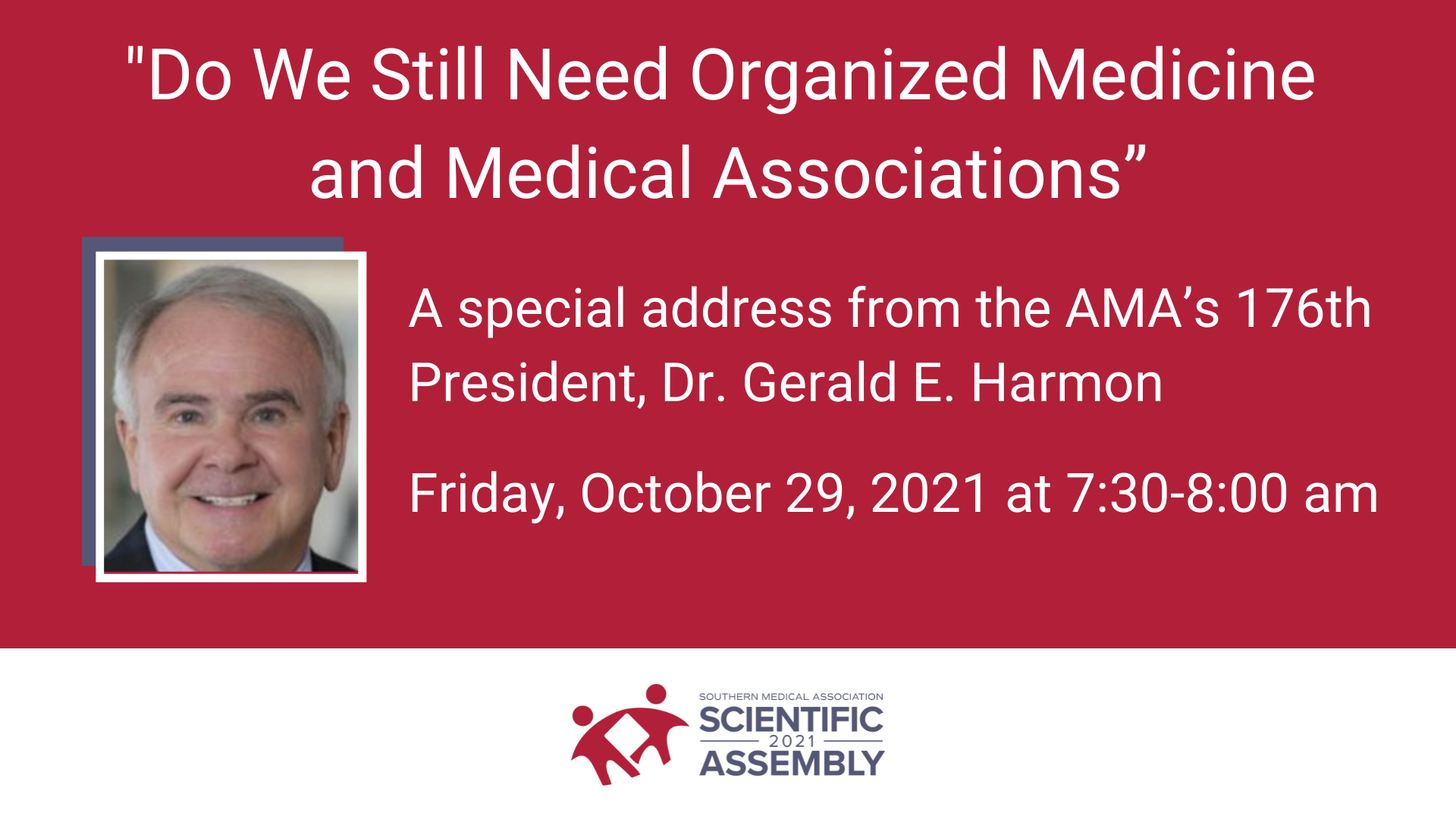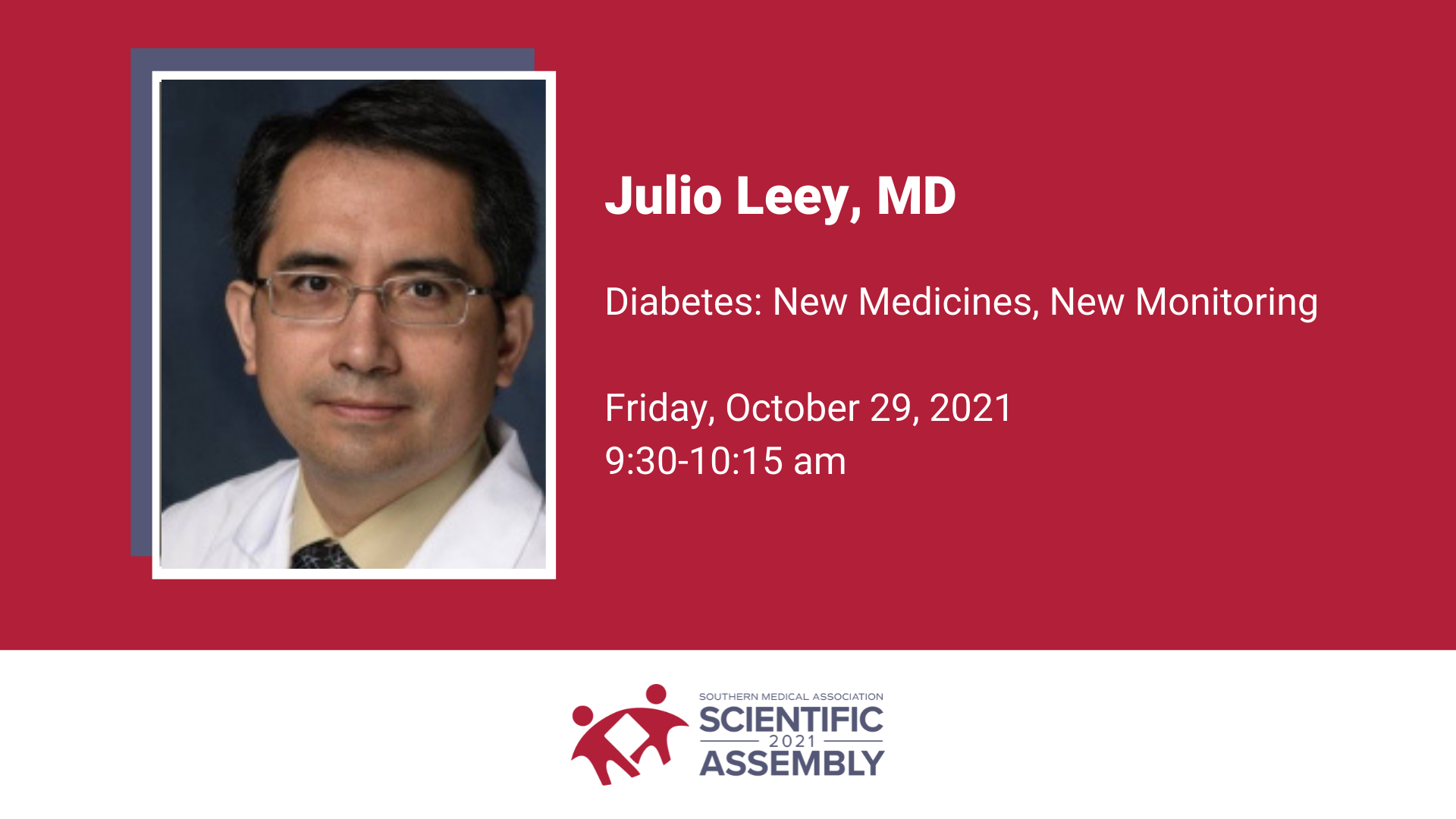Many of the most common long-term diseases of the modern age appear to have a link to underlying inflammation. This link is being explored by a large number of research teams across the globe. Among the most important conditions to explore is cancer, a term that covers hundreds of diseases affecting nearly every part of the body, of which many are potentially life-threatening.
Cancer develops when abnormal cells divide in an uncontrolled way, creating a tumor which may spread, or a population of abnormal cells in the bloodstream.
The major types of cancer are carcinoma, sarcoma, melanoma, lymphoma, and leukemia. Carcinomas begin in an organ such as the bowel, ovaries, lungs, breasts or pancreas, and may spread to other organs. Lymphomas are cancers of the white blood cells called lymphocytes. Leukemia causes immature or abnormal cells which suppress the production of normal blood cells. Sarcomas occur in bone, muscle, fat, blood vessels, cartilage, or other soft or connective tissues, and melanomas are tumors of melanin-forming cells in the skin.
Cancer begins when gene changes or inherited faulty genes make one cell or a few cells begin to grow and multiply too much, and the immune system does not identify and destroy these 'rogue' cells efficiently. This can be due to mutations in tumor suppressor genes that limit growth and oversee natural cell death.
Most gene mutations are not inherited but occur due to a number of factors including aging, smoking or secondhand smoke, sun exposure, carcinogenic chemicals, obesity and a lack of exercise. In addition, chronic inflammation is a known risk factor.
Inflammatory conditions are present in some types of cancer before a cancerous change occurs. However, in other types of cancer, changes caused by an oncogene induce an inflammatory environment.
In both cases, inflammation in the tumor microenvironment has several tumor-promoting effects. Its molecular pathways are currently being unravelled, leading to the identification of new targets for improved diagnosis and treatment.
Activation of oncogenes, necessary for cancer development, is linked to the increased production of immune-influencing factors including cytokines and cells which are either directly tumor promoting or immunosuppressive. The tumors that form are themselves infiltrated by various types of immune cells.
In a 2012 review article, researchers from Germany explain that inflammation can play opposing roles in cancer.
Dr Gabriele Multhoff of the Technical University of Munich, Germany, and colleagues write, "On the one hand, inflammation favors carcinogenesis, malignant transformation, tumor growth, invasion, and metastatic spread; on the other hand inflammation can stimulate immune effector mechanisms that might limit tumor growth."
They report that, mutations in RAS genes, mainly KRAS, play an important role in up to 30% of all human tumors, suggesting a causative role of the K-Ras protein in tumorigenesis. K-Ras induces the pro-inflammatory cytokines Interleukin 6, and Interleukin 8 which prevent natural cell death and encourage new blood vessels to form in order to provide the tumor with oxygen and nutrition.
In the initial phase of tumor development, inflammation induces the activation of several transcription factors that lead to the formation of pro-inflammatory cytokines, reactive oxygen species, and reactive nitrogen species, and trigger epigenetic alterations as well as silencing tumor suppressor genes. This produces an attractive environment for tumor growth.
Then, during tumor growth and metastasis, cytokines and chemokines aid the survival and proliferation of malignant cells and increase the invasiveness of the new blood vessels serving the tumor. This may be an attempt by the tumor to subvert immune cell functions to favour tumor development.
Lisa M. Coussens, Ph.D. of the Cancer Research Institute, University of California, San Francisco, describes it this way, "The functional relationship between inflammation and cancer is not new. Although it is now clear that proliferation of cells alone does not cause cancer, sustained cell proliferation in an environment rich in inflammatory cells, growth factors, activated stroma, and DNA-damage-promoting agents, certainly potentiates and/or promotes neoplastic risk.
"During tissue injury associated with wounding, cell proliferation is enhanced while the tissue regenerates; proliferation and inflammation subside after the assaulting agent is removed or the repair completed. In contrast, proliferating cells that sustain DNA damage and/or mutagenic assault continue to proliferate in microenvironments rich in inflammatory cells and growth/survival factors that support their growth. In a sense, tumors act as wounds that fail to heal."
"The key concept", she adds, "is that normal inflammation is usually self-limiting; however, dysregulation of any of the converging factors can lead to abnormalities and ultimately, pathogenesis - this seems to be the case during cancer progression."
Normal resolution of inflammation occurs due to the action of anti-inflammatory cytokines, following the release of pro-inflammatory cytokines. So chronic inflammation seems to be due to persistence of inflammation-initiating factors or a failure of mechanisms needed to resolve inflammation, so-called immunosurveillance.
Dr Coussens has investigated the possible reasons why the inflammatory response to tumors persists. She states, "A plausible hypothesis is that many malignancies arise from areas of infection and inflammation, simply as part of the normal response".
There is a growing body of evidence that many malignancies are initiated by persistent infections. Repeated tissue damage and regeneration of tissue, in the presence of inflammatory cells, interacts with DNA leading to permanent genomic alterations. These mutations, deletions, or rearrangements, may then predispose the individual to cancer.
Strong evidence comes from the links between chronic inflammation and cancer in inflammatory bowel disease, Hepatitis C infection in the liver, and Helicobacter pylori infection in the stomach.
It is now evident that inflammatory cells have powerful effects on tumor development. Yet, the recruitment of inflammatory cells may also be counterproductive for tumor development - it may represent an attempt to suppress tumor growth.
But this protective response is limited in the large number of cancer patients who have defective inflammatory responses. This situation may be due to a failure to increase anti-inflammatory cytokines, or a blunting of the normal immune response caused by such high levels of cytokines. Loss of tumor suppressors can then inhibit proper DNA repair and accelerate DNA damage, which can trigger DNA-damage-induced inflammatory pathways.
Dr Coussens believes, "The challenge for the future is to normalize the inflammatory network to regain a normal host response overall: decreasing the high levels of tumor-promoting properties of the infiltrating cells, such as pro-inflammatory cytokines, while increasing their tumor-suppressing properties, such as anti-inflammatory cytokines.
"In this way, later in tumor progression, we can harness the activities that are anti-tumor while suppressing those that are pro-tumor."
In a 2019 review article, Dr Florian Greten of the Institute for Tumor Biology and Experimental Therapy, Frankfurt, Germany, explains that the pathways evolved to clear infection and heal tissues are "usurped by tumors toward their benefit".
He points out that the beginnings of inflammation in the tumor environment can happen prior to or after initiation of cancer development, or might become evident only at the later stages of metastasis or resistance to therapy.
"As the array of modern cancer therapies continuously expands, including various therapies based directly on immune cells (checkpoint immunotherapies, vaccines, and CAR T cells), it will be imperative to uncover the role of immune and inflammatory pathways in therapy resistance," he concludes.
Now that there is an understanding of the basic principles and mechanisms of how inflammation promotes cancer, patterns of activity are emerging. Overall, there appears to be a strong link between chronic inflammation and cancer, hence inflammatory biomarkers may be used to monitor its progression and to develop new anti-inflammatory drugs.
As the cells responsible for cancer-associated inflammation are genetically stable and less vulnerable to drug resistance, the targeting of inflammation represents an attractive strategy both for cancer prevention and for cancer therapy.
Nevertheless, many of the molecular and cellular mechanisms mediating the relationship between cancer and inflammation remain unresolved. It also remains to be seen whether the requirement of inflammatory factors is the same for primary tumor growth and for metastatic growth in secondary organ sites.



 Senior caregivers face an overwhelming array of responsibilities, from managing medications to just listening when their loved one needs a sympathetic ear. Providing for an elderly person’s safety seems pretty straightforward, yet even the most basic considerations can be overlooked. Seniors who need 360-degree care require careful attention to detail to avoid dangerous, even lethal threats in their own homes. For a senior with Alzheimer’s disease, safety is a minute-to-minute concern.
Senior caregivers face an overwhelming array of responsibilities, from managing medications to just listening when their loved one needs a sympathetic ear. Providing for an elderly person’s safety seems pretty straightforward, yet even the most basic considerations can be overlooked. Seniors who need 360-degree care require careful attention to detail to avoid dangerous, even lethal threats in their own homes. For a senior with Alzheimer’s disease, safety is a minute-to-minute concern.




 Philip Hartman, MD
Philip Hartman, MD Don W. Powell, MD
Don W. Powell, MD Julio Leey, MD
Julio Leey, MD Christopher D. Jackson, MD, FSSCI
Christopher D. Jackson, MD, FSSCI Anuja Mehta, MD, is a board certified adult, child, and adolescent psychiatrist. She completed her Undergraduate, Medical School and Residency training at the University of Florida (UF) in Gainesville, Florida. She went to Boston Children’s Hospital/Harvard Medical School to complete a fellowship training in Child and Adolescent Psychiatry.
Anuja Mehta, MD, is a board certified adult, child, and adolescent psychiatrist. She completed her Undergraduate, Medical School and Residency training at the University of Florida (UF) in Gainesville, Florida. She went to Boston Children’s Hospital/Harvard Medical School to complete a fellowship training in Child and Adolescent Psychiatry. Lisa Spector, MD, is a certified by the American Board of Pediatrics in Child Abuse Pediatrics, Developmental and Behavioral Pediatrics and General Pediatrics. She is Division Chief of Developmental and Behavioral Pediatrics at Nemours Children’s Hospital in Orlando, Florida and is a Professor of Pediatrics through University of Central Florida.
Lisa Spector, MD, is a certified by the American Board of Pediatrics in Child Abuse Pediatrics, Developmental and Behavioral Pediatrics and General Pediatrics. She is Division Chief of Developmental and Behavioral Pediatrics at Nemours Children’s Hospital in Orlando, Florida and is a Professor of Pediatrics through University of Central Florida. Shirin Hasan, MD, is a board certified child and adolescent psychiatrist. Dr. Hasan has been board-certified in adult psychiatry and pediatrics. She completed her Undergraduate, Medical School and Residency Training in the Triple Board Program (Pediatrics, Adult Psychiatry, Child and Adolescent Psychiatry) at the University of Kentucky (UK) in Lexington, Kentucky, where she also served as Chief Resident.
Shirin Hasan, MD, is a board certified child and adolescent psychiatrist. Dr. Hasan has been board-certified in adult psychiatry and pediatrics. She completed her Undergraduate, Medical School and Residency Training in the Triple Board Program (Pediatrics, Adult Psychiatry, Child and Adolescent Psychiatry) at the University of Kentucky (UK) in Lexington, Kentucky, where she also served as Chief Resident.
 Christopher D. Jackson, MD
Christopher D. Jackson, MD




 Natalie Weiss, BA, BS: Chair of the Physicians-in-Training Committee
Natalie Weiss, BA, BS: Chair of the Physicians-in-Training Committee